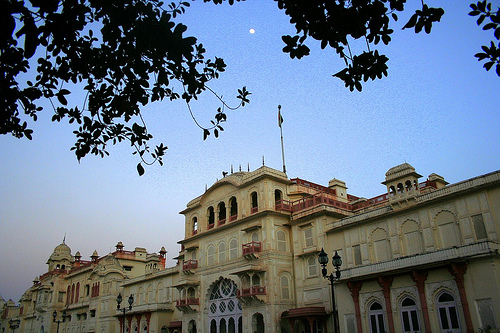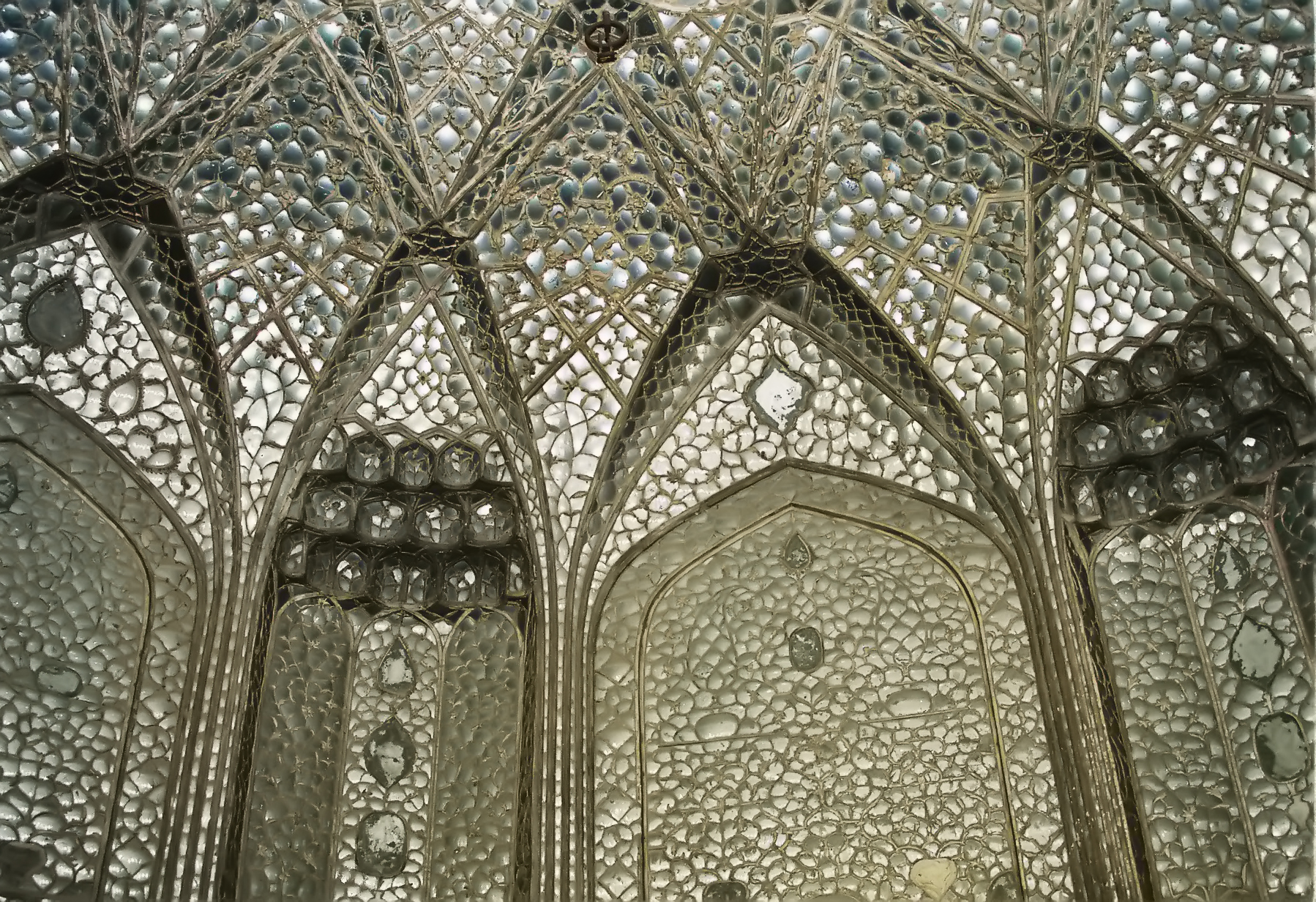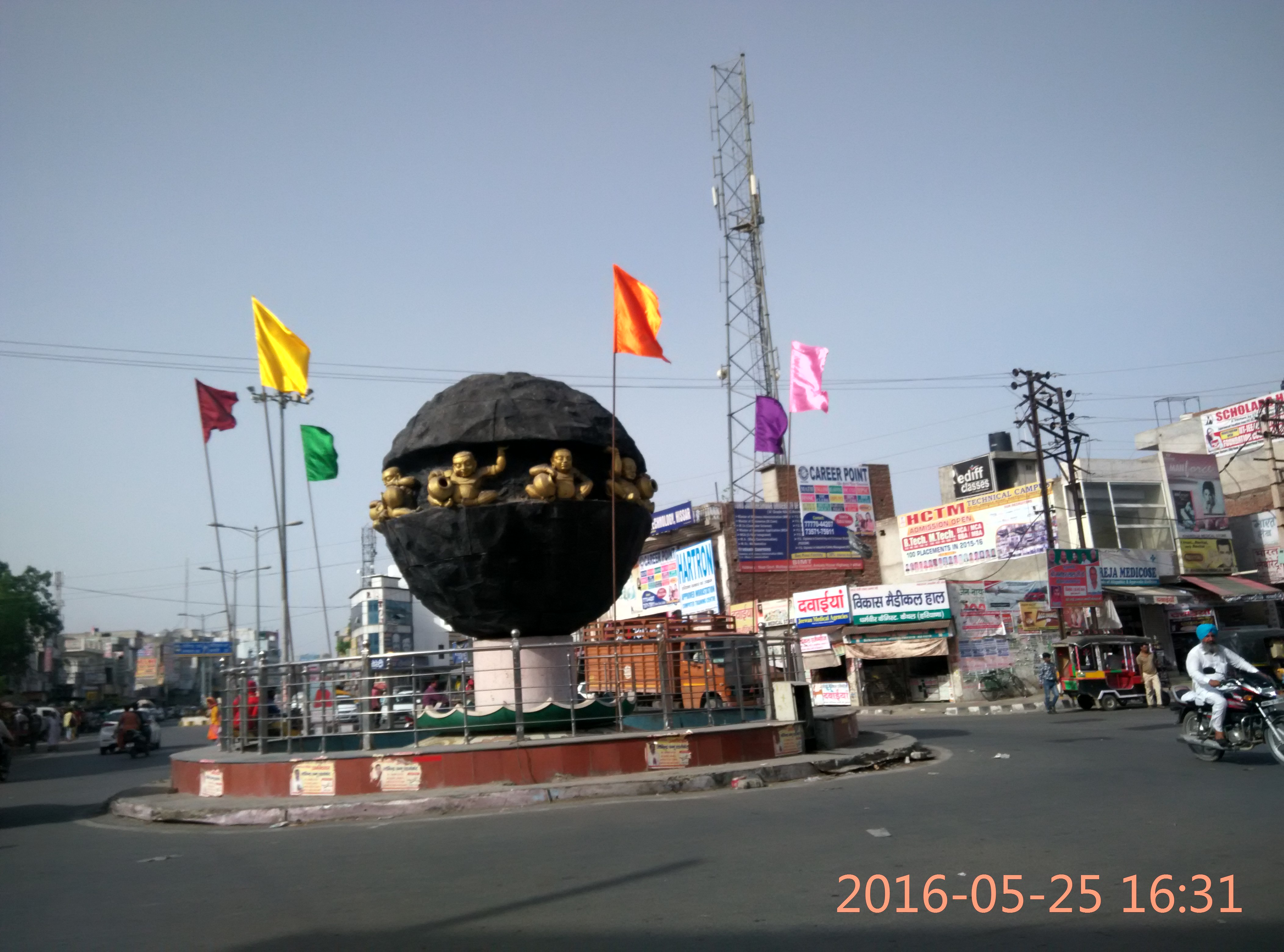The Quila Androon, nestled within the Qila Mubarak complex in Patiala, Punjab, represents a profound architectural and cultural testament to the Patiala dynasty's rich historical legacy. Originating as a modest mud fortress constructed by Baba Ala Singh in 1763, this remarkable structure evolved into a sophisticated royal residence that epitomizes the architectural and cultural nuances of its era.
The architectural marvel seamlessly blends Sikh, Mughal, and Rajasthani design elements, creating a unique spatial narrative that transcends mere physical construction. Intricate frescoes adorning the walls of Rang Mahal and Sheesh Mahal narrate complex stories from Hindu mythology, romantic epics, and royal virtues, crafted by skilled artisans from Avadhi, Rajasthani, and Pahari traditions.
Beyond its aesthetic splendor, Quila Androon served as a multifaceted cultural and political center. The Darbar Hall, now transformed into a museum, houses an extraordinary collection of rare armaments, including the revered sword of Guru Gobind Singh and Nadir Shah's legendary blade. These artifacts not only demonstrate the military prowess of the Patiala dynasty but also symbolize their significant historical and cultural influence.
The palace's interior spaces reveal intricate details about the social dynamics and royal lifestyle of the Patiala rulers. Each room, corridor, and decorative element speaks to the sophisticated cultural sensibilities of a dynasty that balanced military might with artistic refinement. The architectural interventions reflect not just architectural preferences but also the political and social transformations of the 18th and 19th centuries.
Baba Ala Singh, the foundational figure of this dynasty, emerges as a pivotal character in this narrative. A Jat Sikh chieftain who established Patiala city around Qila Mubarak, he embodied the complex political landscape of pre-colonial Punjab. His strategic acumen and cultural vision laid the groundwork for a dynasty that would become a significant political and cultural force.
The Quila Androon's significance extends far beyond its physical structure. It represents a microcosm of the broader cultural exchanges and political negotiations that characterized the Sikh kingdoms of Punjab. The palace stands as a testament to the ability of regional powers to absorb, adapt, and synthesize diverse cultural influences while maintaining a distinct identity.
Architectural historians and cultural researchers continue to find the Quila Androon a rich site of scholarly exploration. Its walls bear witness to multiple layers of historical narratives – from royal ceremonies and political negotiations to artistic expressions and cultural transformations. The palace remains a critical lens through which we can understand the complex socio-cultural dynamics of Punjab during a transformative historical period.
The enduring legacy of Quila Androon lies not just in its physical preservation but in its continued ability to inspire and educate. As a museum and heritage site, it offers visitors a profound glimpse into a rich, nuanced historical landscape, where architectural beauty, political strategy, and cultural sophistication converge in a remarkable narrative of human achievement and artistic expression.




